The documented history of employing a boycott as an economic weapon traces its origins to 432 B.C., Athens enacted the Megarian Decree, named after the city of Megara in ancient Greece. This decree comprised a series of economic sanctions, with a pivotal measure prohibiting Megarian goods from entering Athens. It extended to restricting Athenian ships from docking in Megara and, ultimately, barred Megarians from trading within the Athenian market.
In response, Megara and its allies in the Peloponnesian League took retaliatory economic actions, prominently featuring a boycott of Athenian goods. This reciprocal economic pressure adversely affected both entities, culminating in the onset of the Peloponnesian War. Lasting approximately 27 years, this conflict subsequently impeded the growth and continuity of Greek civilisation.
The following centuries witnessed the global utilisation of economic boycotts for various political purposes, primarily targeting the party subject to the sanctions, causing it to abandon a particular policy. Noteworthy instances include the Jews' first-century B.C. boycott of Roman goods, a protest against Roman occupation. In the 16th century, the Dutch Republic boycotted Spanish goods in opposition to Spanish rule. Additionally, during the 18th century, the U.S. colonies boycotted British goods as a protest against exorbitant taxes.
Contrary to common belief in the Arab world, the weaponisation of economic boycotts is not a recent phenomenon. Over the past two centuries, numerous academic studies have comprehensively examined and analysed its impact on both the boycotting and boycotted economies. These studies aim to gauge the effectiveness of economic boycotts in realising their intended goals.
The tactic of economic boycotts made its debut in the context of the Arab-Israeli conflict in 1922, when Palestinian Arab leaders initiated a boycott targeting Jewish-owned businesses in Palestine, aiming to inflict economic harm upon the Jewish population. These boycott attempts persisted sporadically throughout the 1930s and 1940s, with a notable instance occurring in 1936 when Palestinian Arab leaders advocated for a comprehensive boycott of all things associated with Jewish identity, even resorting to physical violence against Arabs who disregarded the boycott. Despite these efforts, the boycott proved unsuccessful, given the significant reliance of the Palestinian population on Jewish professionals such as lawyers, doctors, and hospitals.
Subsequently, the boycott assumed a regional dimension in December 1945 when the six states comprising the Arab League jointly issued the initial call for an economic boycott against the Jewish community in Palestine. This declaration went beyond mere encouragement and urged all Arab countries, regardless of their League membership status, to prohibit the trade of Jewish products.
In 1946, the situation evolved with the Arab League establishing the Permanent Boycott Committee, intending to heighten the implementation of the boycott. Despite these efforts, the boycott's lack of success became evident, as outlined in the first annual report of the Boycott Committee.
Following the committee's shortcomings, the League swiftly bolstered its structure, transforming it into the Central Boycott Office. Headquartered in Damascus, it established branch offices in every member state of the Arab League. The pivotal role of the county commissioner was instituted to lead the office, accompanied by appointed deputies serving as liaison officers accredited by each member state of the Arab League.
The Central Office in Damascus assumed the pivotal role of coordinating the boycott in tandem with its affiliated offices. It was responsible for presenting regular reports to the Council of the Arab League. Starting from 1951, semiannual meetings were scheduled to synchronise boycott policies and formulate blacklists of individuals and companies breaching the boycott. The punitive measures were executed locally, with each member state implementing decisions through legal and administrative executive procedures.
From 1951 to the present moment of composing this analysis, calls for boycotts have been recurrent with each political conflict between Palestinians and Israelis. They have been wielded as a means of resistance against Israeli occupation and its perceived unjust policies toward the Palestinian population. However, these calls have generally manifested in three distinct patterns, as explained below.
The Primary Boycott
This entails the direct boycott of Israeli goods and services, urging Arab institutions, organisations, merchants, agents, and individuals to abstain from dealing, distributing, or consuming products manufactured in Israel. This form of boycott has predominantly assumed an official governmental character. One of its pivotal tools is legislation employed by Arab governments to prohibit their citizens and institutions from engaging in transactions with Israel. Key among these regulations are the Arab League resolutions from December 1945 and 1948, which continue to exert economic constraints on Israel to this day.
On Dec. 2, 1945, the Council of the Arab League officially declared a boycott of Jewish-owned companies operating in Palestine. The resolution explicitly stated that “Jewish products and goods manufactured in Palestine are deemed undesirable in Arab countries.” Following the establishment of the State of Israel in 1948, the Arab League promptly broadened the boycott’s reach to encompass Israel and its companies, including three distinct levels:
-
- Enforcing a prohibition on direct trade in goods, services, and investments in Israeli companies or projects, commonly referred to as the basic or primary boycott.
- Extending the boycott to include companies engaged in business with Israel, known as a secondary boycott.
- Blacklisting companies deemed detrimental to Arab interests, constituting the triple boycott.
Together, these two resolutions laid the groundwork for numerous subsequent resolutions at the member states’ level within the League, leading to enacting their legislation. Over time, these measures evolved to obstruct various forms of relations between the Arab States and Israel. Several of these laws persist today, notable among them being the Unified Law on the Boycott of Israel in Kuwait and the Law on the Boycott of Israel in Saudi Arabia. Many other Arab States, particularly during the seventies and eighties, implemented similar legislation.
In the initial half of the 1990s, boycott measures were relaxed. Many Arab States initiated actions to halt a secondary boycott primarily directed at non-Israeli companies. This shift occurred in the aftermath of the Oslo Accords between Israel and the Palestine Liberation Organisation. Notably, several Arab League States, such as Egypt, Tunisia, and Morocco, began easing their boycotts. By 1994, the Arab League formally suspended the entire secondary boycott, although some individual states retained informal restrictions.
This trend has exerted a lasting and significant influence on the Israeli economy, hindering its integration into regional economies. It deprived Israel of smooth trade exchanges with neighbouring countries, even those with which Israel had forged settlements, resulting in stable peace processes decades ago, particularly Egypt and Jordan. The ensuing figure illustrates the evolution of trade levels between Israel and Arab countries:
The figure illustrates the substantial growth in Israeli exports to a wide array of countries, encompassing both developing and developed ones, across various continents over the last two decades. However, a notable exception lies in the limited trade with Arab countries. The total trade with these countries in 2022 was at most three hundred million dollars. A significant portion of this trade transpired through the Qualified Industrial Zones agreements, ensuring that products exported from Egypt and Jordan enjoy tariff exemptions in the U.S. market when the Israeli input reaches a specified percentage of the final product.
A similar scenario unfolds regarding foreign direct investment rates. None of the top 20 countries in total foreign direct investment stocks are Arab nations, as illustrated by the following map:
The figure clearly shows that the official basic boycott measures succeeded in imposing an iron fence between the Israeli economy and the Arab economies. Such measures hindered the flow of investments from both sides, representing a concrete achievement for Arab endeavours. However, despite this success, the boycott failed to extend similar measures to non-Arab countries. These nations continued to invest in Israel and expand their trade relations unabated. In response to this challenge, Arab measures evolved to encompass a new form of boycott primarily directed at non-Arab countries, particularly those in the West. This transition leads us to the second point of consideration.
Boycotting Companies Operating in Illegal Settlements
This boycott specifically targets companies, whether Israeli or international, that operate within the territories acquired by Israel in the West Bank, contravening United Nations resolutions and the United Nations Security Council. The goal is to impede Israel’s expansion into West Bank territories, thereby safeguarding the possibility of realising the endorsed solution to the conflict: the establishment of Israeli and Palestinian states coexisting peacefully alongside each other. Therefore, the primary criterion for this boycott is to focus on activities conducted within the settlements.
One of the notable movements in this context is the Boycott, Divestment, and Sanctions movement (BDS). Originating from Palestinian origins, BDS characterises itself as a global initiative aimed at challenging occupation and settler-colonialism on a worldwide scale. Its overarching goal is to achieve freedom, justice, and equality in Palestine, ultimately ensuring the right to self-determination for all Palestinians, whether they reside within their homeland or in the diaspora.
The movement is founded on three key objectives:
-
- Boycott: It involves refraining from engaging with Israel and boycotting Israeli and international companies involved in violations of Palestinian rights. It also encompasses boycotting Israeli sports, cultural, and academic institutions and activities.
- Divestment: Divestment campaigns aim to exert pressure on investors and contractors associated with Israeli and international companies involved in actions related to the occupying state and apartheid. This pressure is applied by urging the withdrawal of investments or termination of contracts concluded with these companies. Investors or contractors encompass various entities such as individuals, institutions, sovereign funds, pension funds, churches, banks, local councils, private entities, charities, or universities.
- Imposing sanctions: In this context, sanctions refer to punitive measures enacted by governments, official bodies, and international institutions against a state or entity found violating human rights. The goal is to stop these violations. Such sanctions include military, economic, cultural and others. Examples include discontinuing military cooperation, halting free trade agreements, or expelling Israel from international forums such as the United Nations, the Inter-Parliamentary Union, FIFA, etc.
This movement is acknowledged as the most successful boycott initiative targeting the West, primarily owing to its adherence to a boycott framework consistent with international law principles and the established consensus within the international community. Consequently, violating companies fall within the reach of countries and international organisations, earning widespread support from the majority of the international community. A significant manifestation of this support is evident in a report issued by the United Nations Office for Human Rights on Feb. 12, 2020. The report focuses on companies and commercial entities engaged in specific activities related to Israeli settlements in Palestinian territories, identifying 112 entities believed to have reasonable grounds for involvement in such activities. Among these entities are major Israeli and international companies, including the Bank of Jerusalem, Booking.com, and Airbnb Inc., detailed in the following table:
Boycotting Companies Dealing with or Supporting Israel
Known as the secondary boycott, this form of boycott was abandoned by the Arab League following the Oslo Accords. Consequently, it is driven by the popular level rather than the official level. The distinguishing feature of this boycott is its expansion beyond the direct targeting of Israeli companies to encompass all entities, individuals, and companies, regardless of nationality, having any connection with Israel—be it through dealings, support, or ownership by an Israeli party. This type of boycott encompasses a broad spectrum of multinational companies, particularly American ones, spanning industries such as food, consumer goods, and detergents. Its influence extends globally, encompassing not only Israel but also the branches of these international companies operating within Arab countries. This expansive reach raises concerns about potential economic repercussions for Arab countries.
This boycott experiences periodic renewal, particularly during heightened political tensions in the occupied territories. Such moments trigger a surge in general Arab and Islamic sentiment, prompting activists and the broader Arab public to undertake measures that express solidarity with the Palestinian cause and impose punitive actions on Israel. However, these calls for boycotts do not appear to subside when events slow down, or agreements are reached to ease tensions between the two sides.
This boycott usually takes place over two primary stages:
-
- Public pressure: Organisers of the boycott leverage public pressure by issuing calls to encourage businesses and individuals to participate. This involves publicly stating the reasons for the boycott, organising protests or demonstrations, and utilising social media and other platforms to disseminate the message, ultimately mobilising consumer action.
- Consumer movements: Due to public pressure initiatives, consumers assume a significant role in implementing the boycott by opting not to buy products or services from the targeted company. Consumer boycotts prove highly effective when well-organised and widespread, yet they tend to lose momentum and longevity as the political or military tensions that initially sparked them subside.
In evaluating this aspect, the performance of a select group of four stocks from companies highly vulnerable to boycott campaigns is monitored, especially if these campaigns prove effective. These companies operate in the consumer goods sector, making their stock performance and the announced profits during boycott operations indicative of the effectiveness of such campaigns. The analysis centres on the following companies: Starbucks, Coca-Cola, McDonald’s, and Pepsi-Cola, as illustrated in the figure below:
The simple graphical analysis reveals the following observations:
-
- Pepsi: Demonstrates a relatively steady upward trend over the entire period, experiencing minor declines that align with specific boycott calls in 2014 and 2021. Notably, these downturns are transient, quickly followed by a recovery.
- Starbucks: Exhibits a more pronounced upward trajectory compared to Pepsi, particularly in the last two years. Similar to Pepsi, there are slight fluctuations around boycott periods, yet the overall trend remains positive.
- Coca-Cola: Displays more moderate growth compared to Pepsi and Starbucks, featuring occasional periods of recession or slight decline. Interestingly, there is no evident correlation between boycott calls and fluctuations in stock prices.
- McDonald’s: Presents a consistent upward trend with intermittent periods of stability, resembling Pepsi’s pattern but with a steeper slope. Interestingly, boycott periods do not appear to impact its stock price substantially.
In summary, the graph illustrates minor and temporary declines in the share prices of Pepsi and Starbucks during boycott periods. However, these fluctuations are eclipsed by the overall positive trends for both companies. This suggests that despite the media attention garnered by the boycott, it did not leave a lasting negative impact on the financial performance of these two companies. Additionally, there is no apparent correlation between boycott operations and Coca-Cola and McDonald’s stock prices.
It’s essential to recognise that this graphical analysis, solely based on stock prices, provides a limited perspective. Boycotts may indirectly affect brand perception, consumer behaviour, and long-term profitability, aspects not directly reflected in the graph. Moreover, factors such as global economic conditions, industry trends, and company-specific decisions can influence stock prices. Isolating the exclusive impact of a boycott becomes challenging due to the interplay of these multifaceted elements. Therefore, a comprehensive assessment of the broader business context is necessary to gain a more nuanced understanding of the impacts of boycotts on companies.
Hence, it can be asserted with confidence that the secondary boycott exerts a marginal influence, with its impact confined to the short-term and no substantial repercussions observed in the long and medium term. Despite the persistence of boycott campaigns since the late 1990s, companies’ financial conditions continue to exhibit a consistent improvement, maintaining a permanent upward trend.
In summary, the effectiveness of boycott campaigns is most pronounced when they are officially organised, even if propelled by widespread calls. This is exemplified by the fundamental boycott endorsed by Arab governments against Israeli companies or campaigns against products from companies operating in settlements, particularly within European Union countries. On the other hand, campaigns targeting companies, especially multinational ones, needing more official backing or legal support tend to have a limited and short-term impact. Their influence is confined geographically to the countries where boycott calls are initiated, with no substantial, enduring effects on the long-term performance of the targeted companies.
References
Watson, Alison. An introduction to international political economy. A&C Black, 2004, P24.
Abbott, Evelyn. “From the thirty years’ peace to the fall of the thirty at Athens, 445-403 BC”, P154.
Bowden, Hugh. Classical Athens and the Delphic oracle: divination and democracy. Cambridge University Press, 2005, P91:154.
Feiler, Gil. “Arab Boycott.” The Continuum Political Encyclopedia of the Middle East. Ed. Avraham Sela. New York: Continuum (2002).
Reifer, Thomas. “The 1967 Arab-Israeli War: Origins & Consequences, and The Six-Day War & Israeli Self-Defense: Questioning the Legal Basis for Preventive War.” (2013): 95-97.
Kumaraswamy, Polur Raman. India’s Israel policy. Columbia University Press, 2010, P182:200.
BDS movement, What is BDS, Intro to BDS Available at: https://bdsmovement.net/what-is-bds, Accessed at: 19th November, 2023.
الأمم المُتحدة، مكتب المفوض السامي لحقوق الإنسان، مجلس حقوق الإنسان، مفوضية الأمم المتحدة السامية لحقوق الانسان تصدر تقريراً عن الانشطة التجارية المتعلقة بالمستوطنات في الأراضي الفلسطينية المحتلة، ١٢ فبراير ٢٠٢٠، مُتاح عليه: https://www.ohchr.org/ar/2020/02/un-rights-office-issues-report-business-activities-related-settlements-occupied-palestinian?LangID=A&NewsID=25542 اطلع عليه بتاريخ ١٩ نوفمبر ٢٠٢٣.

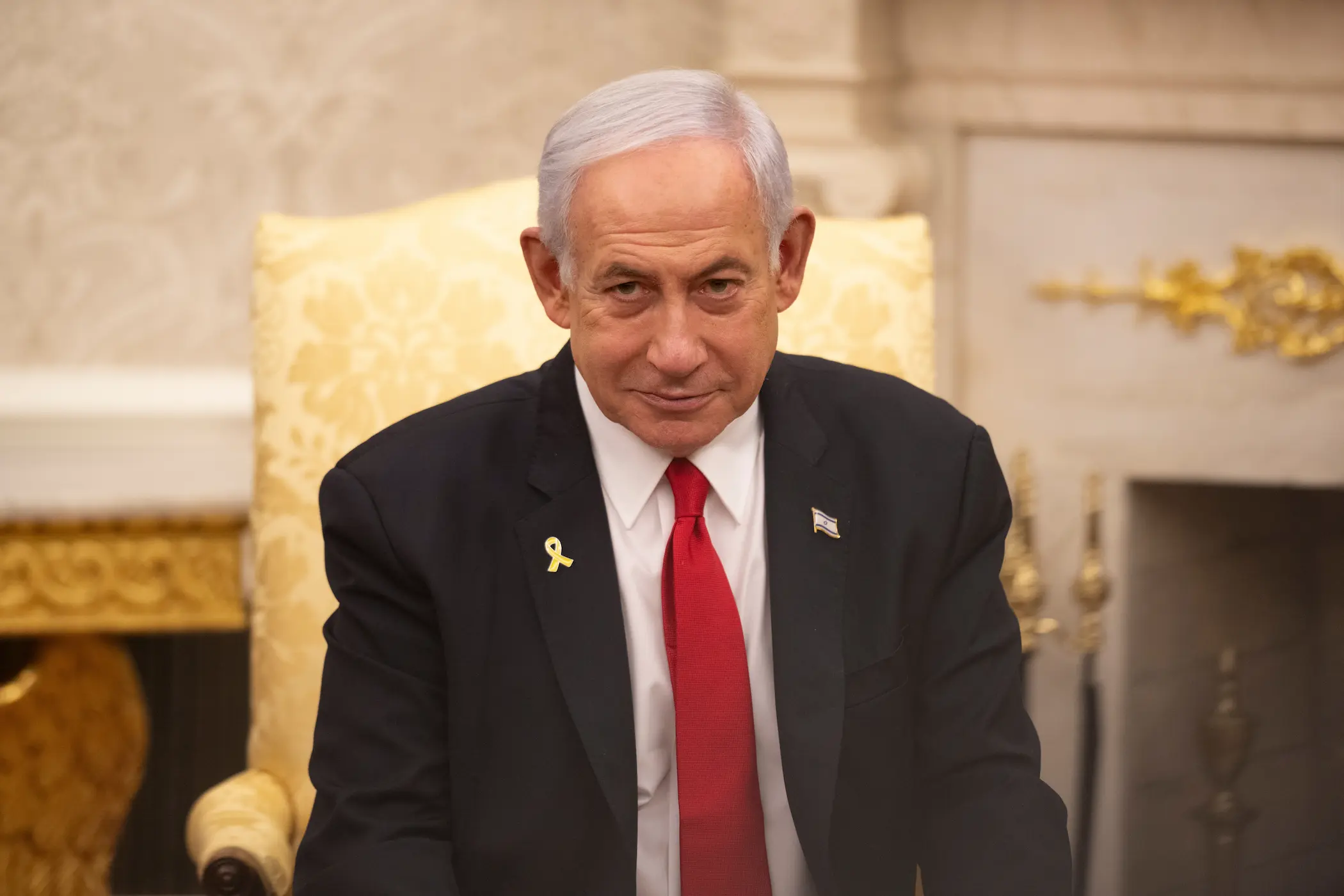









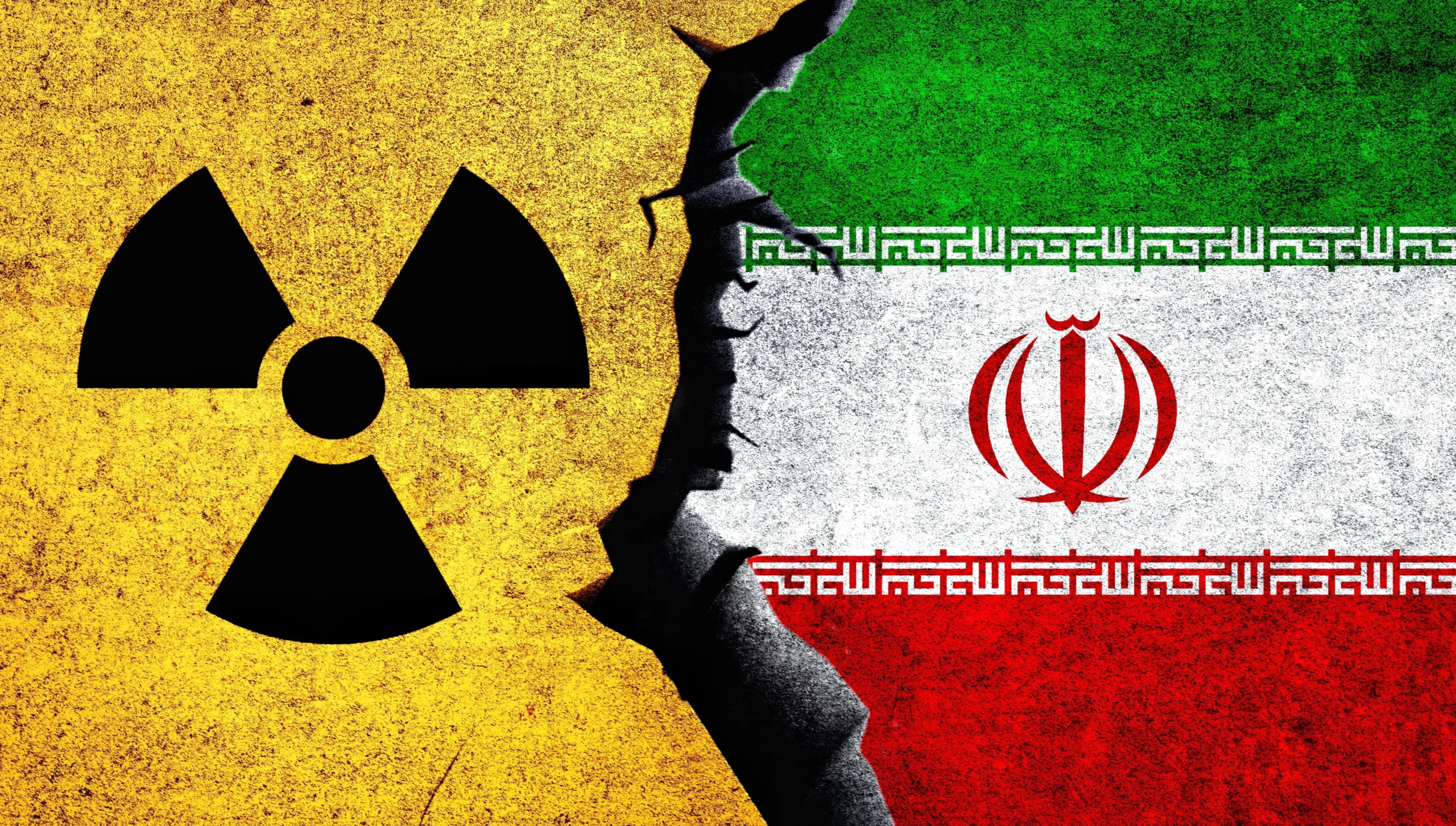

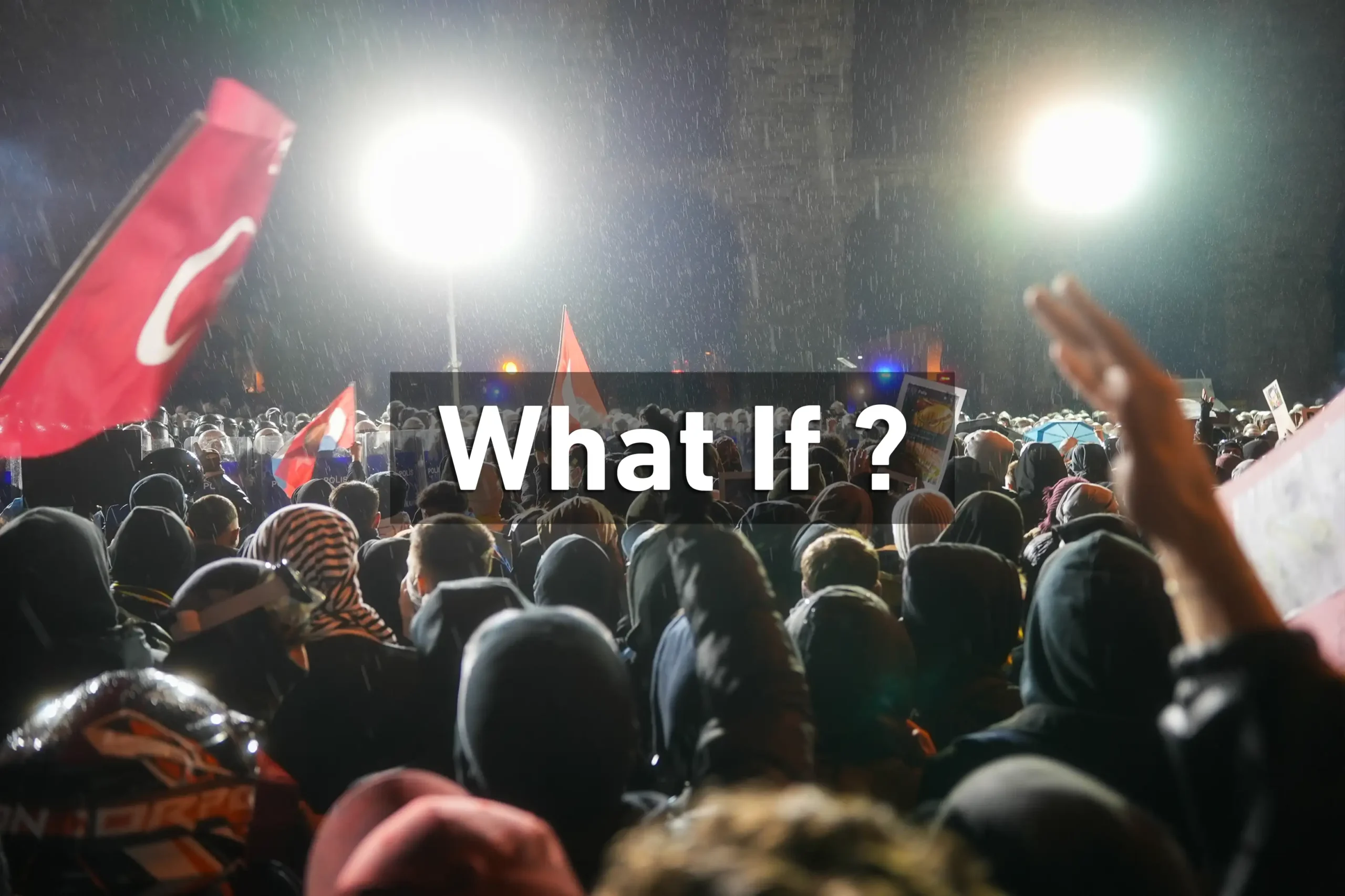


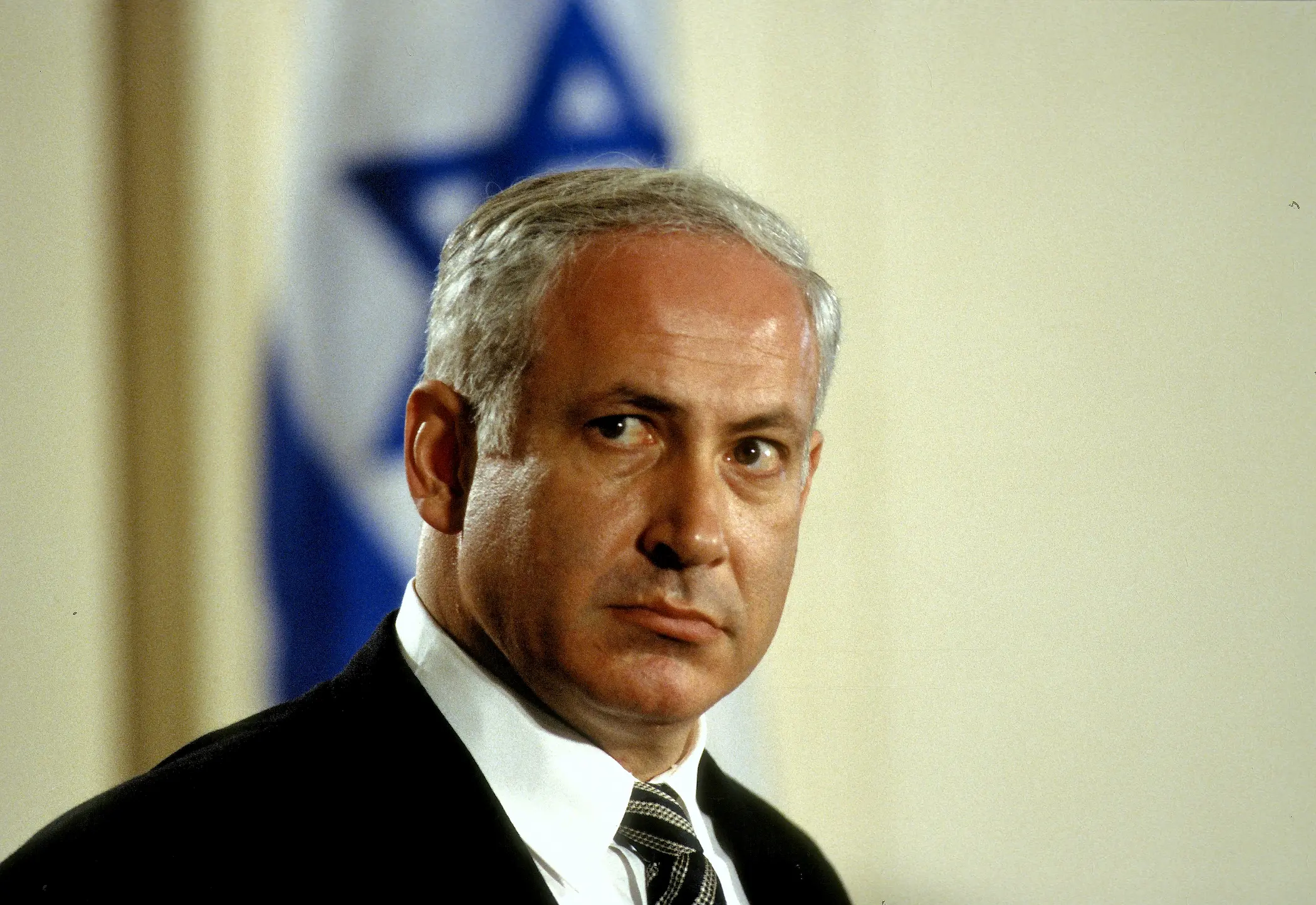


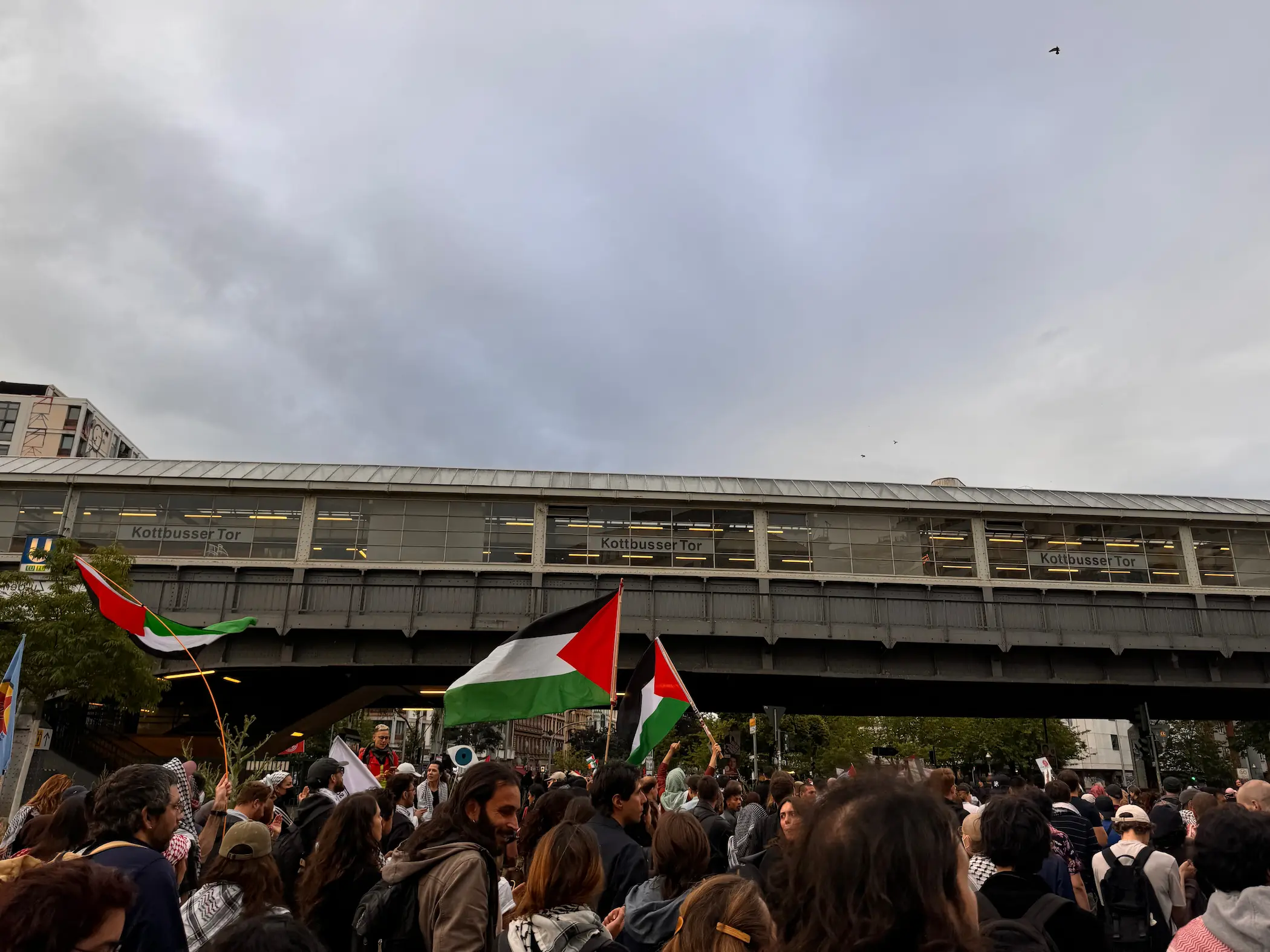
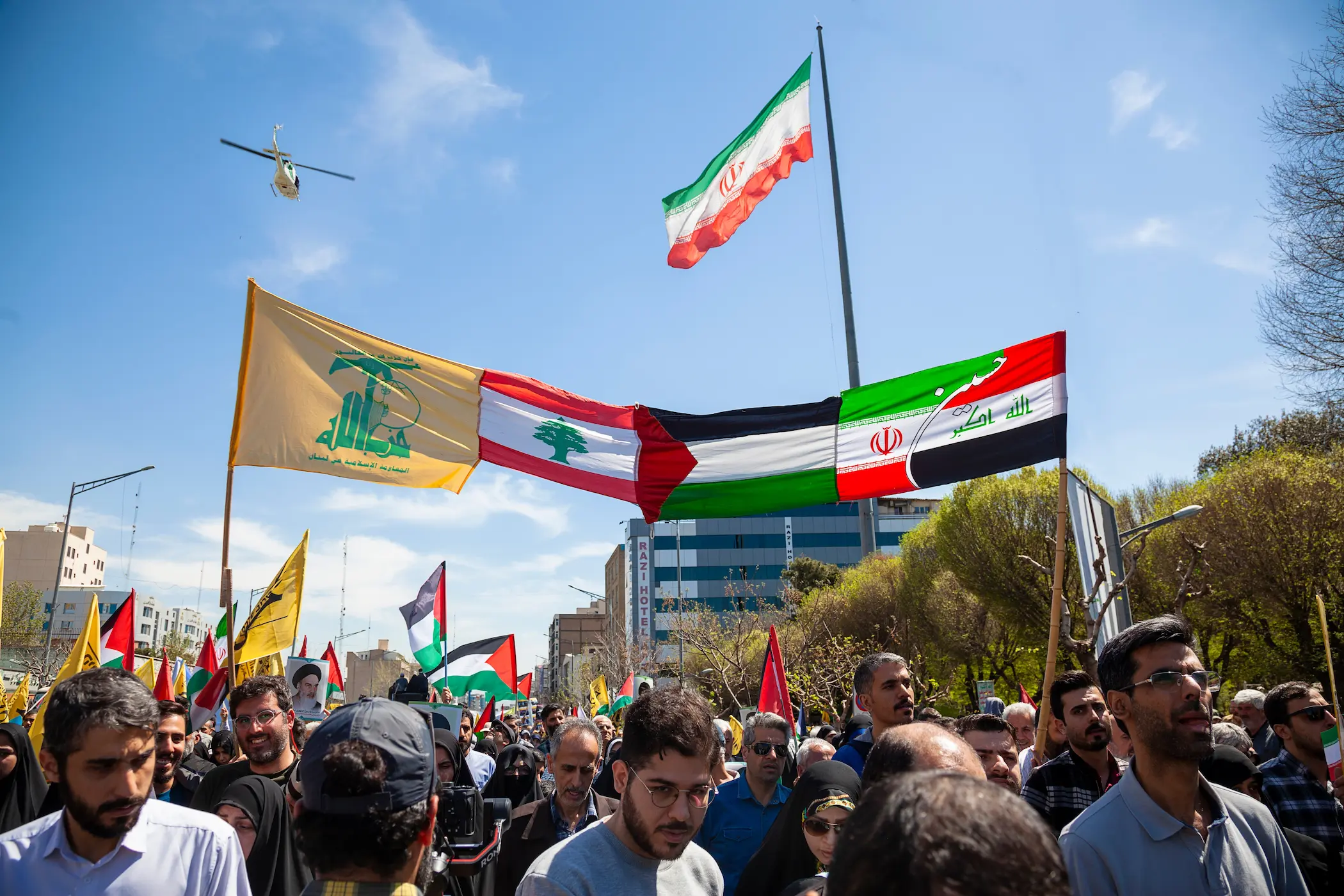

Comments